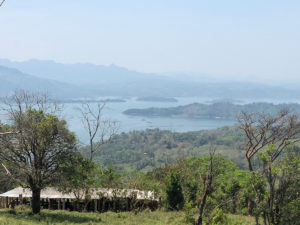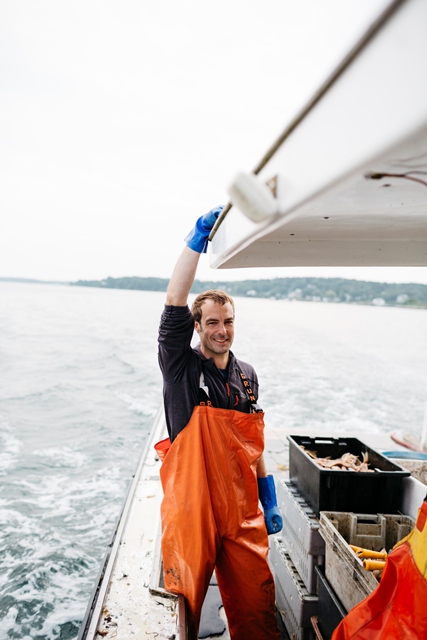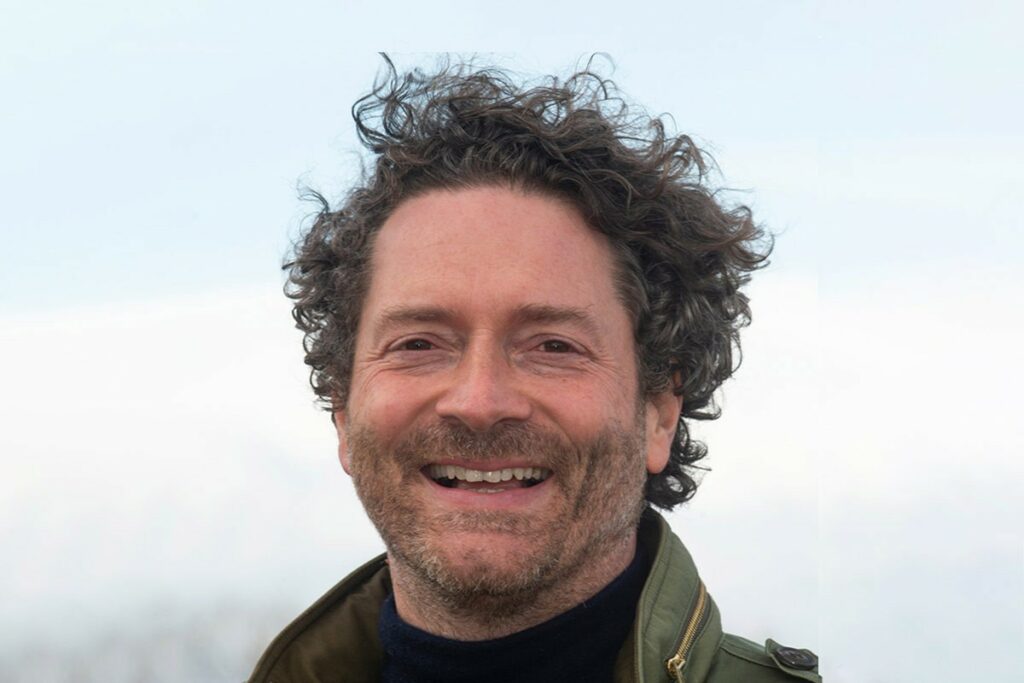Make Aquaculture a Pillar of the Community
Editor’s note: The following is a guest blog post by chef, author and seafood advocate Barton Seaver. GAA and Seaver announced a partnership in early 2018 to raise public awareness of responsible aquaculture and the importance of sourcing seafood with provenance.
Indulge me in a bit of a mental exercise, if you will.
Imagine a traditional farm with its sloping countryside, patterned row crops, white farmhouse and big red barn. These images evoke a sense of honor that is grounded in raising food and generations of stewardship of that land.

Now pretend you are someone who has never seen a water farm. Your only understanding of aquaculture comes from lackluster media portrayals. You may know aquaculture results in seafood, but you have no real knowledge of where it takes place, how it happens, or who it benefits.
This blank slate is not a negative condition in my mind. Rather, it is aquaculture’s greatest asset. It means the industry gets to author its own narrative concerning civic, social and public health benefits aquaculture offers to the communities in which it operates and the people it feeds worldwide.
Modern aquaculture lacks the eons of positive associations for which land-based farming can boast. But a 2017 study published by social scientists and fisheries experts David Clifford Love, et al., highlights the importance of establishing a positive narrative that ties both wild fisheries and aquaculture to overall improved public health outcomes.
The research examines four examples of policies, initiatives and business models where the lines connecting fisheries, aquaculture operations and health policies are purposefully drawn. They studied anchovy consumption in Peru; an Alaskan government program to purchase local seafood for public school lunches; a public-private partnership between a New England university, seafood distributor and nonprofit working to support local fishers; and a California-based canned seafood business. The research sheds light on how these programs help create a constructive storyline that weaves together seafood production, policy-setting processes and overall improved public health outcomes.
I would argue, that to this public health narrative, we must also add a chapter on how the aquaculture industry supplies the communities in which they farm with both educational and economic opportunities.
On a recent trip to Regal Springs’ operations in Lake Malpaso in the isolated region of Chiapas, Mexico, I witnessed a great example of why the aquaculture industry should take pride in the provenance of its products. I define provenance as what we as consumers remember about any product. In this case, what I remember is the 1,000 jobs created in an area impoverished of economic opportunity. Before Regal Springs started farming tilapia there, it was commonplace for men to leave their communities as migrant workers to support their families, remittance affording masa for the table. But these Regal Springs jobs now allow families to stay together. In order for these men and women to most effectively perform in their aquaculture positions, the company had to address an extremely low literacy rate in the community. The company created local educational opportunities where none existed before. In doing so, yes, the program served its own need, but the company also became a steward of an entire community by creating new economic potential and opportunity.
Of course not all farms — those on land or in the water — are equal in their practices or civics. But leaders pushing best aquaculture practices like Regal Springs; the Fishin’ Company, which assures that fair labor practices are used to raise all of the fish it sells; and Whole Oceans and Kingfish Zeeland, who are pioneering recirculating aquaculture systems, can become civic pillars of the blue economy operating in a diverse geography. We should rightly celebrate them, but we cannot ignore that aquaculture as a broader industry suffers from a public perception built on the abuses of its lesser actors. By speaking to the civic virtues of aquaculture, we both give consumers an easy-to-understand reason to engage with the industry and we empower them to demand improvements across the industry.




